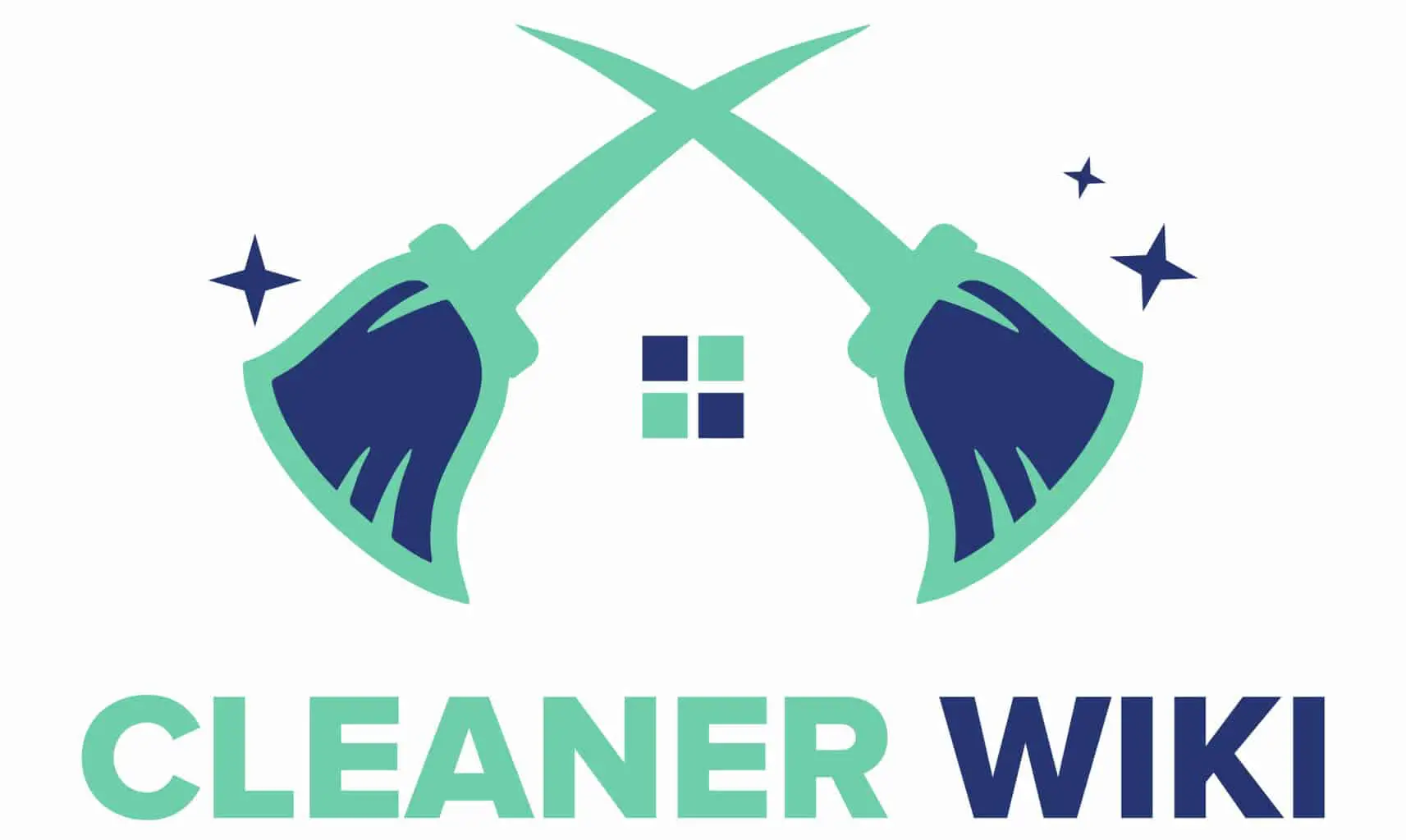As an Amazon Associate we earn from qualifying purchases.
Have your gas cans become unsightly on the inside or the outside? If so, you are probably wondering how to clean a gas can. While many homeowners own gas cans, cleaning them becomes a little trickier when it comes to gas.
Contents
How to Clean a Gas Can: The Outside
Sometimes, the outside of gas cans will attract dirt, grime, oil, and other things that give them an old, dirty appearance. If you’re trying to put your gas cans in a car, you may not want dirty gas cans to sit in your clean vehicle.
Similar to cleaning a plastic gas tank, cleaning the outside of gas cans is pretty easy. We will go over how to do just that!

Materials
To clean the outside of gas cans, you will need:
- Dish detergent
- Soft-bristled brush
- Water
- Bucket to hold soap and water (optional)
Preparation
You need to do a couple of things to prepare before you start cleaning the outside of dirty gas cans. It is best to make sure that you empty gas cans completely. If bad gas is in the cans, use it or dispose of it properly.
Make sure to look up the regulations in your area on how to dispose of gas properly— bad gas is a hazardous material, so this is an important step.
If you’re looking for what kind of dish soap, Dawn is more effective than any other at cutting down grease and oil.
Cleaning Steps
When you’re ready, follow these steps to clean your gas can:
- Use warm water and drops of dish soap—no particular ratio is needed
- If using a bucket, prepare a mixture
- If using no bucket, place the drops
- Dip your soft-bristled brush in the water if using a bucket
- If no bucket is being used, place your soap directly on the soft-bristled brush
- Scrub the dirty areas of the gas container
- Make sure to rinse and re-wet your brush often
- Feel free to turn the can over to reach all of the areas, including the gas pump nozzle
- Rinse with water
How to Clean The Inside of a Gas Can
While cleaning the inside of a gas can seems difficult, it doesn’t have to be. We’ve rounded up the best methods to clean the inside of a gas can.
More than “100 million plastic gas cans are in circulation in the U.S.”. Cleaning plastic gas cans don’t have to be a mystery.

All Methods: Preparation
First, properly dispose of any leftover gas in the gas can and gas pump nozzle following your local regulations. Most of the time, this will be at a hazardous waste disposal site.
Remove the top of the gas can. This could be a spout or a cap. You can clean that with any of the methods, but we need an open container to clean.
Another important reminder is to ensure you are not next to an open flame or any sparks while cleaning—we know you probably know that already, but just a quick reminder!
Method 1: Dish Soap
Just as dish soap can clean the outside, it can also work on the inside. This is best for cans that haven’t accumulated a lot of dirt on the inside. For this, you’ll simply need a few materials:
- Dish soap
- Access to hot water
- Agitators such as screws (optional)
To clean a gas can with dish soap, you can follow these steps:
- Drip some dish soap in the gas can
- Partially fill the gas can with hot water
- Cover the top of the can with your hand or the cap
- Shake the can vigorously
- Dump the water out
- Repeat as needed
- If the mess on the inside isn’t cleaned up, add your agitators
- Add dish soap and warm water
- Shake again
- Repeat as needed
- Rinse well with water only
The agitators here will help with any particularly stubborn sludge. They help act as a cleaning and gas-stabilizing agent without you having to do any actual scrubbing.
When you are done, ensure all the dish soap has been rinsed out well. Unscrew the aspiration system and clean carefully the inlet filter. Let dry in an area with plenty of airflows, like open and clean concrete, and ensure it is completely dry before using it for gasoline.

Method 2: Pine-Sol
You can use the ever-famous Pine-Sol to clean your metal gas cans for a bit tougher sludge. The method is relatively similar to dish soap, but it has a ratio you can follow for the best results. For this method, you will need:
- Pine-Sol
- Access to warm water
- Agitators such as screws (optional)
If you want to know how to clean metal gas cans with Pine-Sol, follow the steps below:
- Create a Pine-Sol to water mixture using a 2:1 ratio
- Pour in the gas container
- Let soak for a while (depending on the degree of sludge, it could be one day to 24 hours)
- Add your agitators (optional step)
- Shake vigorously
- Dump out the mixture
- Repeat if needed
- Rinse well with water
Like the dish soap method, the agitators help remove any particularly touch sludge. Make sure to rinse well with water only. When you are done, let your newly cleaned gas can dry in outdoors, on your clean Azek decking, or somewhere with good airflow.
Before using, make sure that you have let it dry completely and that there is no water left over before filling it with gas. Gas and water don’t go together very well.
Method 3: Official Fuel Tank Cleaner
If the other methods have failed to remove your metal gas cans sludge or varnish, you can go to an auto company and look for a diesel fuel tank cleaner. Multiple brands on the market will work to help you clean your gas can.
Make sure to do your comparison shopping, and read all instructions before you begin. For most brands, you will still need to make sure that your gas can is fully dry before you use it for gas.
When Do I Need to Clean My Gas Cans?
You may wonder why I need to know how to clean my cans. They are meant for gas, after all. If I’m only using gas, shouldn’t I just be able to use it again?
In some ways, yes, and in other ways, no. Let’s discuss when you need to clean them (and why!).

1. When You Store Gasoline in the Can
Even if you’re storing gasoline, it can get old. Generally, if you store gas cans for longer than you can remember (and you don’t remember putting fuel stabilizer in them before you store gas cans), you may want to dispose of them following local or state regulations and start over. Why?
- Gas can evaporate: Some chemical components help vaporize gas to make things that need it run better. These chemicals are the first to go when gas starts evaporating. This can cause a slow turnover, less power, damage your car engine, and worse fuel usage.
- Gas can become contaminated: When you store gas cans for a long time, they either have condensation, rust, bacteria, or more. This happens more often if it is not sealed or if you don’t store gas properly.
2. When You See Black Coatings
If you see black coatings in your plastic gas cans, that’s generally a sign to clean them. This is often sludge or varnish that has accumulated from the gas.
Even low-octane gas and high-octane gas that have been stored in the can may also let out hydrocarbon deposits that will cause black coatings. To best prevent contamination, if you see black coatings, you should start planning to clean that gas can.
3. When You’re Not Sure What’s In It
Not quite sure that what’s in your gas can is actually gas? Does it seem to be gas, but you can’t quite identify what it is?
Better safe than sorry here. The best course of action is to take that unknown material to a hazardous waste gas station (just in case) and follow one of the methods above to clean out your gas can.
4. When You Get a Used Gas Can
Did you just acquire a used gas can from a friend or neighbor or buy some online? If you’re not positive that it was recently used for gas, it’s probably a good idea to clean a used gas before using it again.
The problem you can face here is having some old, build-up sludge or varnish that could contaminate your new gas. If acquiring a new-to-you gas can, it’s always best to examine it and make sure it looks clean. If unsure, it’s better to quickly clean it using one of the methods above than to risk contamination.
Conclusion
There are many reasons you may want to clean your gas cans. It can seem intimidating to clean hazardous material, but there are ways you can do this quite easily. Make sure when you are finished to let the can dry completely before you use it for anything else.
